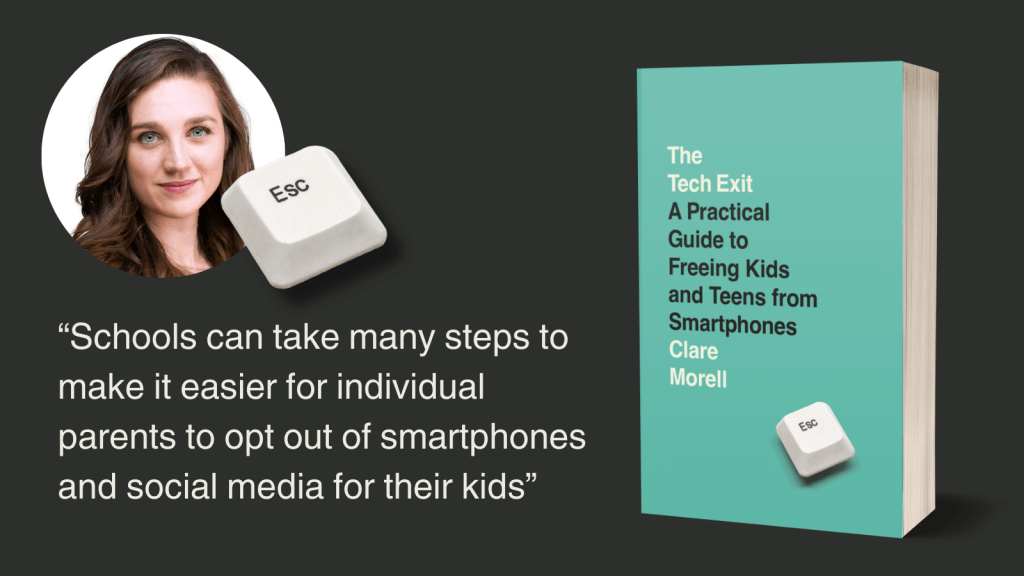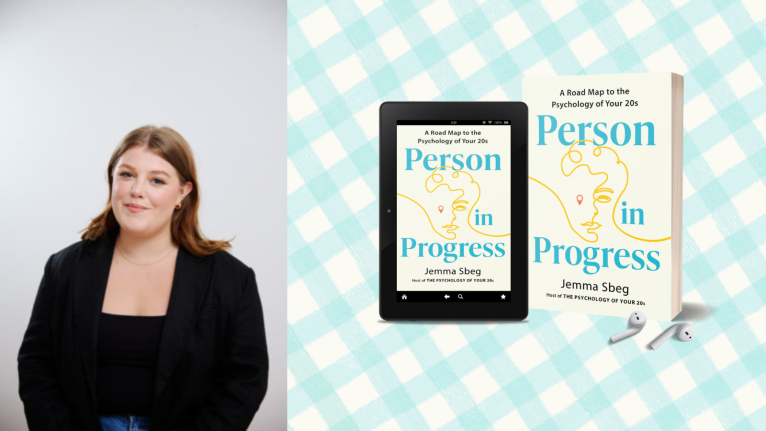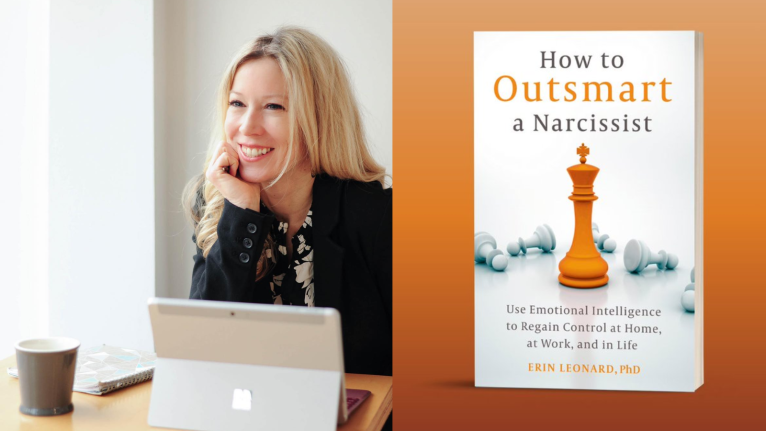Parents and Schools Together Can Change Culture


The following extract is from the chapter ‘Getting Screens Out of Schools’ – within the book The Tech Exit by Clare Morell.
Schools can take many steps to make it easier for individual parents to opt out of smartphones and social media for their kids. Even more powerful, some towns, with schools and parents across the entire town working together to resist these technologies for their children, are starting to change the culture of their local communities.
Greystones, Ireland
Rachel Harper, the principal of St. Patrick’s National School, helped lead an initiative in her town of Greystones, Ireland, to delay smartphones for kids. Schools in the area had already banned phones on school grounds but were still seeing negative effects from social media use on students and their social environment.
With Principal Harper’s leadership, parents’ associations from all eight primary schools in the town came together to agree to a voluntary no-smartphone code to help reduce the peer pressure to give these technologies to their children. “The voluntary pact is to withhold smartphones from children— at home, in school, everywhere— until they enter secondary school.”
They are calling the town-wide initiative “It Takes a Village” and set up a website for it to explain its mission and
offer resources to parents. Because of It Takes a Village, children are now far less likely to be exposed to the negative effects of smartphones. Plus, Principal Harper says, “[the parents] love it— now they can blame the schools.” Not everyone is participating, but “hopefully down the line it’ll become the new norm.”
Local initiatives can have a powerful ripple effect. It just takes one school, one community, one town, to inspire others
to do the same. The Greystones initiative “has drawn interest from parents’ associations in Ireland and abroad and prompted Ireland’s health minister, Stephen Donnelly, who lives near Greystones, to recommend it as a nationwide policy.”
St. Albans, England
A similar community movement has started in St. Albans, which is, according to the London Times, “striving to become the first British city to go smartphone-free for children under 14.” In May 2024, head teachers from twenty of the twenty four primary schools in St. Albans wrote a joint letter urging parents to delay giving smartphones to their children. Their letter encouraged parents to “ ‘work together with a wide network of parents and schools to reset the expectation’ and resist pressure from the youngsters.” Most of the schools already had “some version of a no-phone policy but the letter is intended to influence the wider culture in the city of 148,000 in a few years’ time.”
The group of schools in St. Albans is trying to change the local norm around children and smartphones. Justine Elbourne-Cload, executive head of Cunningham Hill Schools and chair of this consortium, reasons, “It is far easier if it is the general norm that no children or very few children have smartphones. If the norm is they will walk around with old Nokia bricks, that’s what everyone will have and that will be fine.”
This movement is in no small part the result of the growing parent-led Smartphone Free Childhood campaign in the UK. The campaign, through its WhatsApp groups and advocacy efforts, has galvanized parents to come together both to delay smartphones in their own families and to encourage schools to get phones out of the school day.
Smartphone Free Childhood, which has now broadened its reach to the United States, has resources on their website, including model letters that parents can use to advocate for a school no-phones policy. Resources are also available through other organizations like the Phone-Free Schools Movement, ScreenStrong, Protect Young Eyes, and Away for the Day.
Delay Smartphones in the UK also trains their volunteer ambassadors on how to talk to teachers and school administrators about getting smartphones out of schools and how to work with parent councils to lower barriers for schools to implement no-phones policies. Hannah Oertel says if a school can’t implement a no-phones policy because they can’t afford the lockers or pouches to do so, they will try to work with the local parent council to raise the necessary funds.
Greystones and St. Albans both show how schools and parents can work together to set broader norms in the community that make it easier for each family to resist smartphones for their children and for schools to establish a culture free of the influence of smartphones and social media. This type of joint effort helps remove the pernicious network effects of these technologies.
It really does take a village. Parents and schools working together can be that village that raises children in a healthier
way, free of technology’s intrusions both during and outside the school day. By working together, they can change the culture.

The Tech Exit is essential reading for any parent who has felt stuck between an awareness of the dangers of digital technology for kids and the feeling that tech is necessary and inevitable. Clare Morell’s message is simple and compelling: You and your family can be free. The life you want for your children is within reach.
Available in paperback, eBook, and as an audiobook, click here to check out The Tech Exit.






